5 Cars That Have Actually Improved After Downsizing
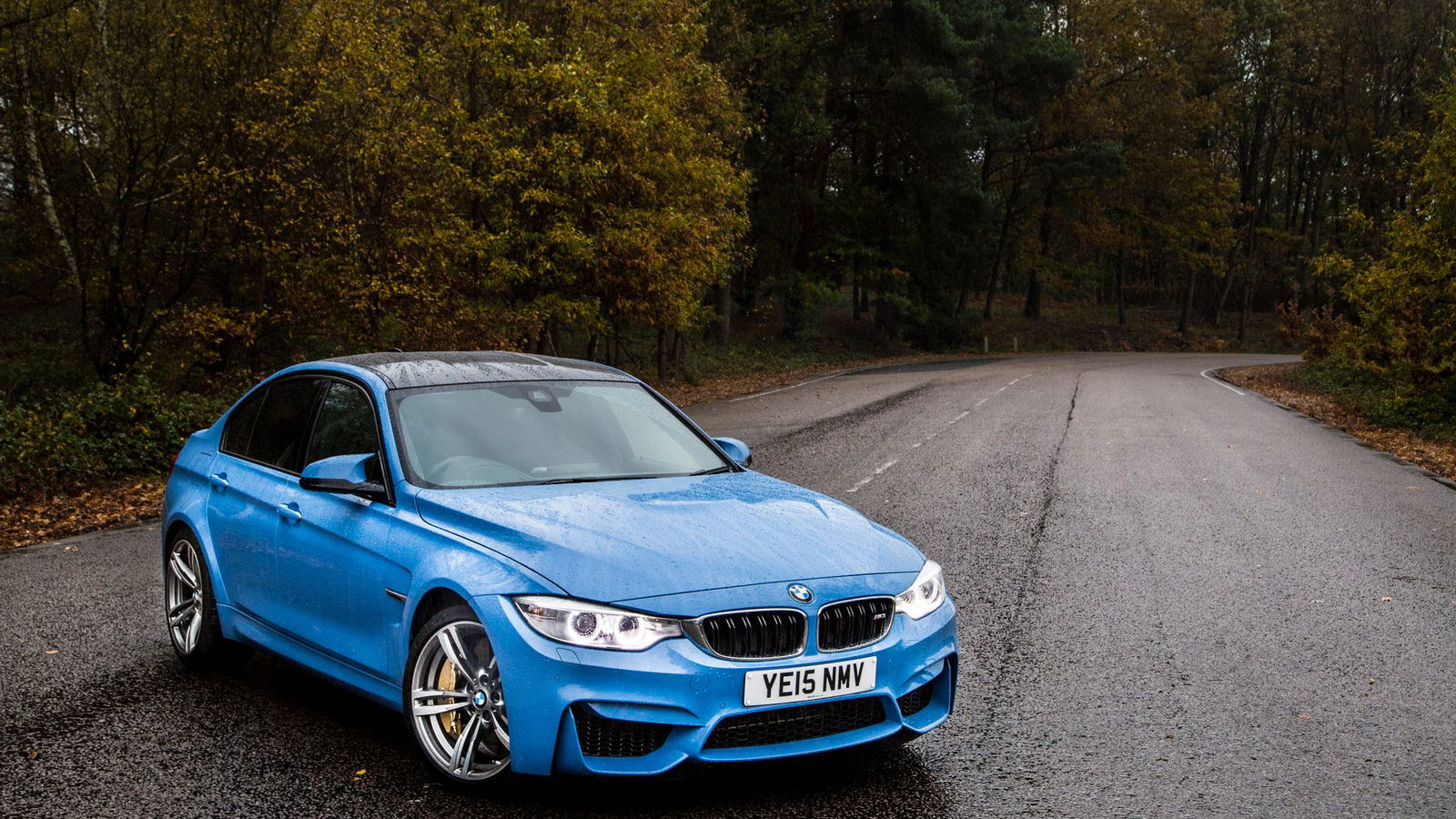
Downsizing has begun to dominate the world of performance cars with some of the greatest marques of all time giving in to the new normal. Due to a massive shift in emission laws and a war on fuel consumption, even the powerhouses of the car market have decided to reduce engine displacement and instead turbocharge their powertrains.
Despite the seemingly unattractive shift to smaller engines, many manufacturers have taken advantage of the new legislations and created performance cars that in fact top the previous gas-guzzling generation. With benefits like greater power and accessible torque which comes lower in the rev range, downsizing has set up shop in these high-end performance cars.
Porsche 991.2 Carrera
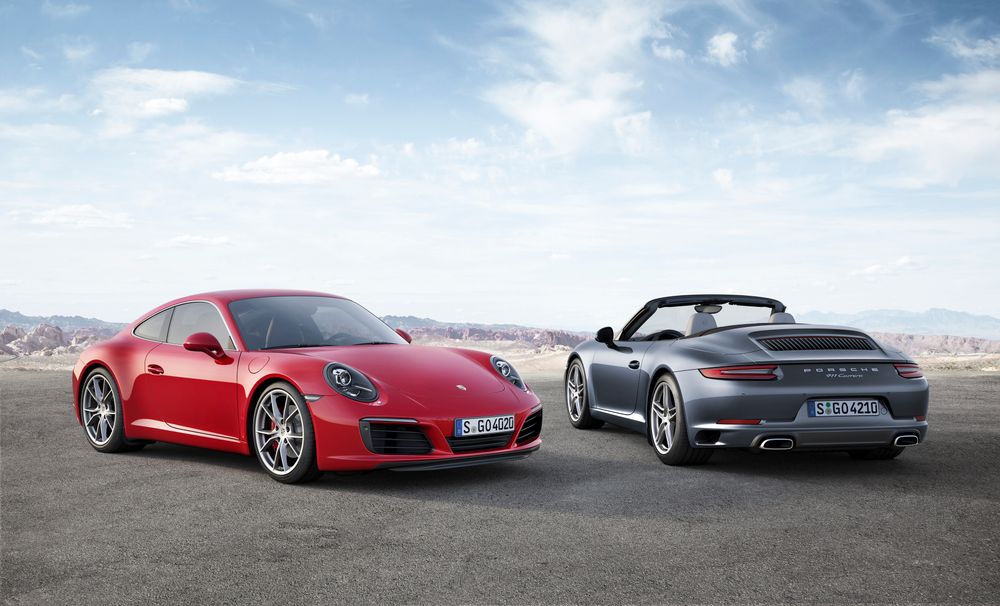
Porsche’s icon has - for over five decades – been famed for its flat-six engine which has slowly gained in capacity and power. With the 911 Turbo once being the sole turbocharged sect of the rear-engined breed, mass uproar began when the men and women from Stuttgart decided to turbocharge almost all of the 911 range, right down to the base Carrera.
With fears surrounding the downsizing from 3.8 to 3-litres in the Carrera S, Porsche blew away its critics with the 991.2, a twin-turbocharged weapon that has trumped all the other generations of 911 in terms of performance. To put the effect of downsizing into perspective, the Carrera S can now accelerate to 62mph in the same time as the Carrera GT (3.9 seconds). Along with electric steering and torque readily available from the get-go, the new generation of 911 has progressed Porsche into a new era of performance.
Mercedes-AMG C63
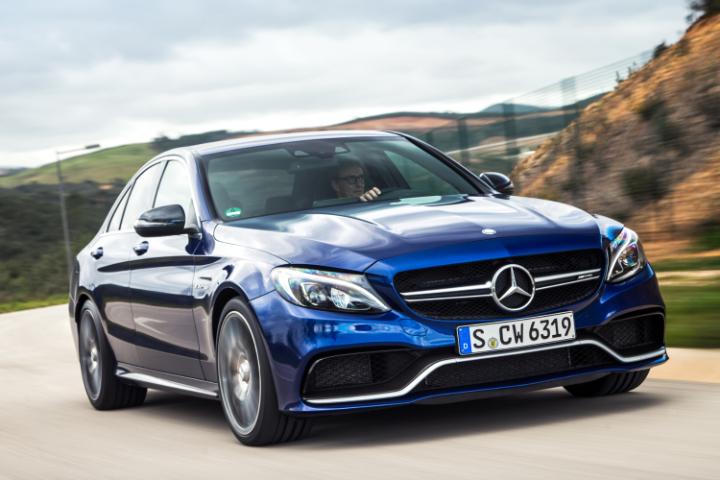
Once sporting a brutal 6.2-litre V8, Merc’s most popular muscle car now has just a 4.0-litre unit, with two turbochargers in a hot-V formation. With the standard car outputting 469bhp and the ‘S’ variant pushing out over 500bhp, the C63 is still very much a super saloon. Since it still has a V8, it seems a much more tempting package than its downsizing rival, the most recent BMW M3.
Ford Mustang EcoBoost
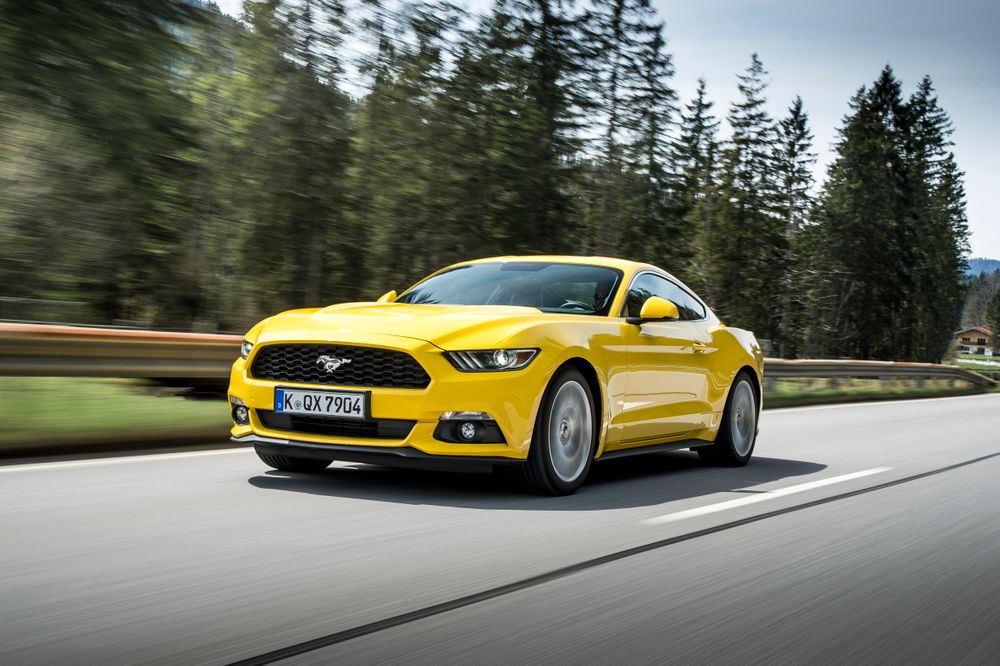
Since the 1960s, the Mustang has been the quintessential muscle car without question. Always using a bruising V8 powertrain to maximise pantomime over efficiency, the ‘Stang has fully grown up and is now very much part of the downsizing craze. Ford now produces a Mustang with an EcoBoost inline-four-cylinder engine producing 310bhp. Although this is over 100bhp down on the 5.0-litre V8 model that’s also on sale, the downsized car is only a second behind in the sprint to 62mph.
Boasting a lighter weight than the V8, reduced running costs and performance that dominates the last generation of Mustang, the 2.3-litre Mustang has shown us that even halving the number of cylinders in a pure muscle car can still work for the better in terms of drivability. And hey, if only a big engine will do, the V8’s still there.
Aston Martin DB11
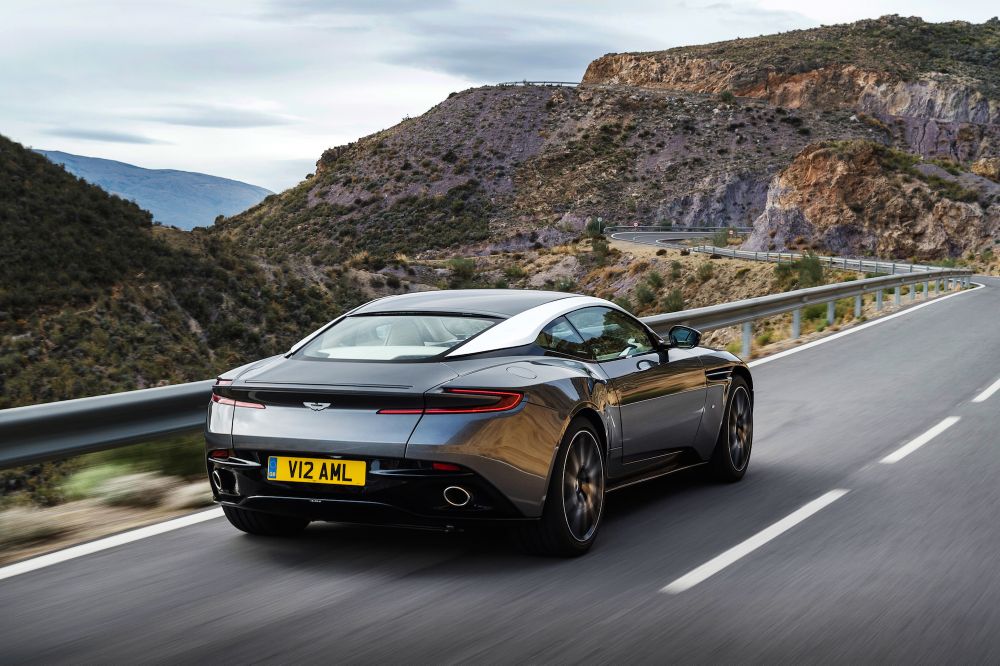
Following on from our drive of the car, it’s clear that the brand new DB11 has taken the recipe of the outgoing DB9 and successfully modified it to keep up with the modern climate. Instead of having to rev out the old 5.9-litre V12, the low down torque of the still-voluptuous 5.2-litre unit has made the Aston an even more capable grand tourer.
It may not have the supercar pedigree of a Ferrari F12, but the latest flagship motor from Aston has fought the battle of downsizing, and won. You can’t really argue with a 600bhp Aston Martin, and if you still want to rev it out you’re well catered for - peak power doesn’t arrive until 6500rpm, and the red line 500rpm after that.
Ferrari 488 GTB
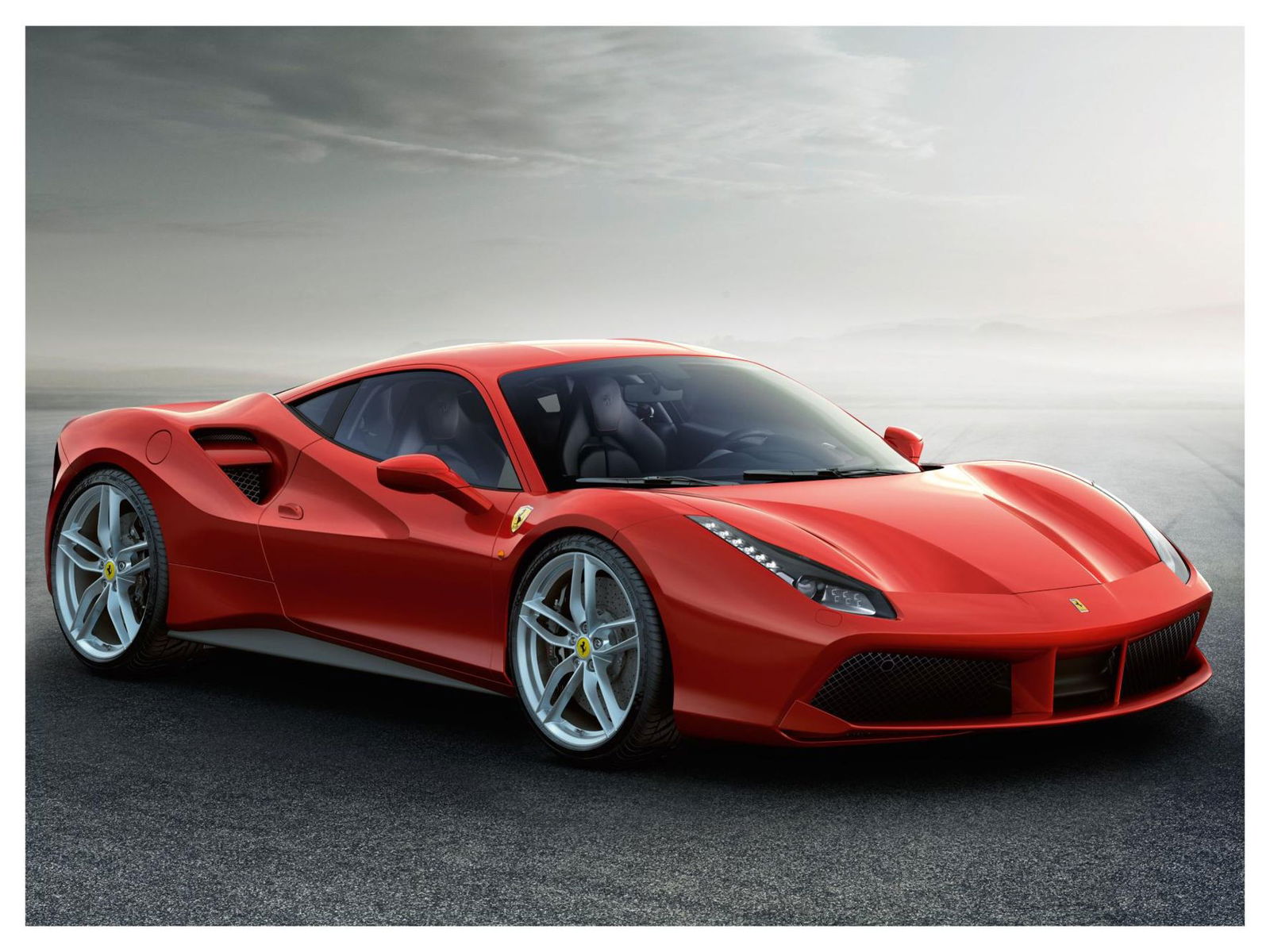
Although many journalists have slammed the 488 for its lack of theatre when compared to the 458, there is no doubting its technical ability and dominance in the supercar world. Using it’s 3.9-litre twin turbocharged V8, the GTB produces its maximum torque of 561lbft at just 3000rpm compared to the 458’s 398lbft at 6000rpm. This gives the newer Ferrari a huge advantage in its accessibility of performance, hence why the 488 will get around the Fiorano Test Circuit half a second quicker than its predecessor.
Following on from the 911’s older hypercar-killing achievements, the 488 produces 10bhp more than the Ferrari Enzo ever did back in the day, topping out at 661bhp. Couple that extreme power output with a sublime chassis that pours communication into the cabin for the driver to exploit and Ferrari has yet again pulled it out of the bag. With the F40 being the last twin-turbocharged, mid-engine prancing horse, the 488 shows that, again, downsizing is no bad thing for even the most extreme performance cars.
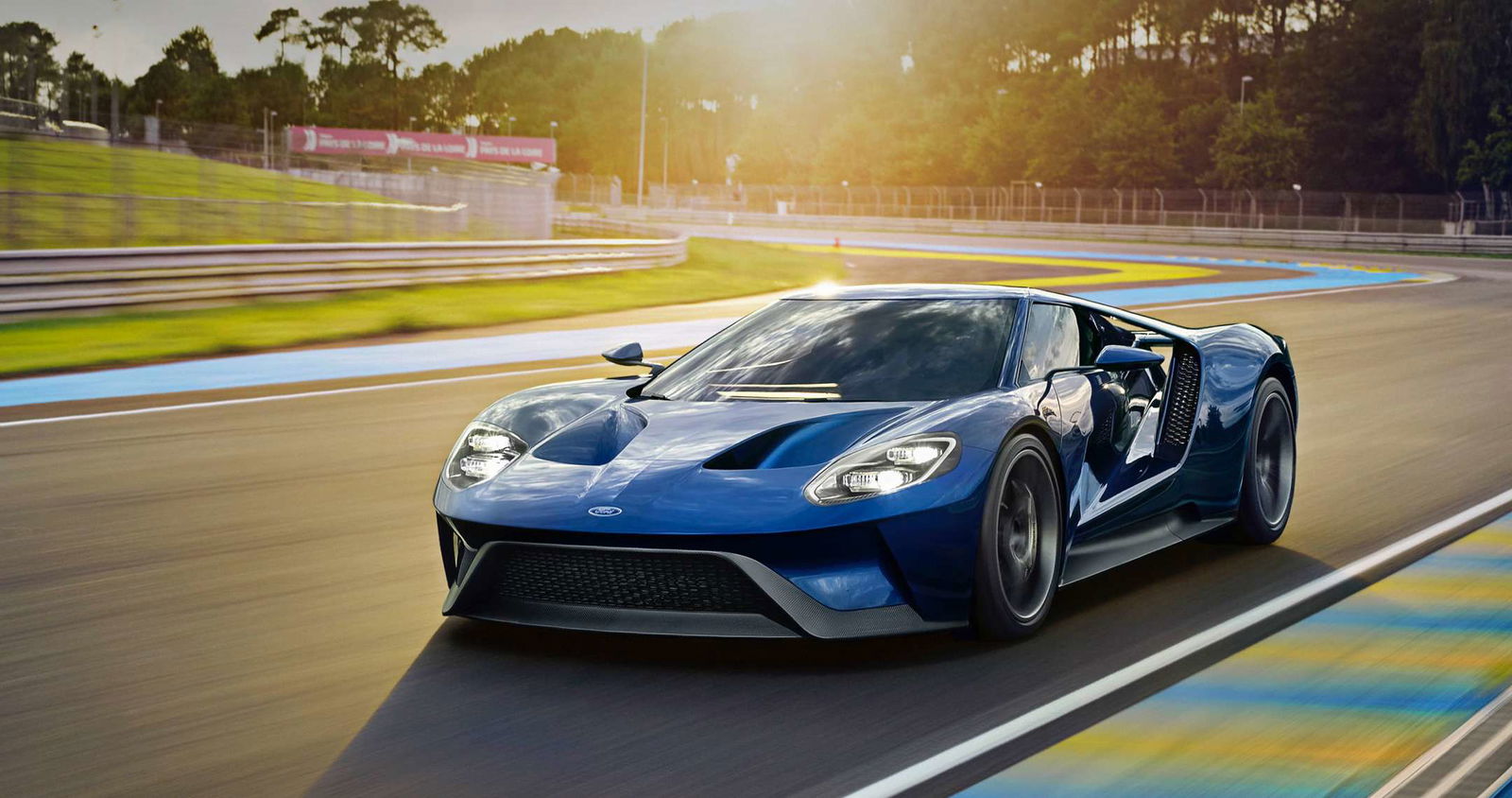
At the dawn of downsizing a couple of years ago, all petrolheads groaned in disbelief at some of the engine choices being made from our favourite manufacturers. They were reducing emissions and costs at the expense of beloved engine capacity and we weren’t happy at all. But now having given the engineers a chance to prove themselves, the new breed of turbocharged monsters has allowed for impressive performance gains without taking away too much from the overall driving experience.
With downsizing spreading throughout the automotive community – from EcoBoost Fiestas to the DB11 – it looks like the age of the turbocharger has well and truly begun. And with turbochargers themselves being engineered to spool seamlessly, it can be very difficult to tell the difference between the outgoing and new powertrains, save a couple of hundred revs taken off the limiter. These cars have increased their drivability, and that can only be a good thing.
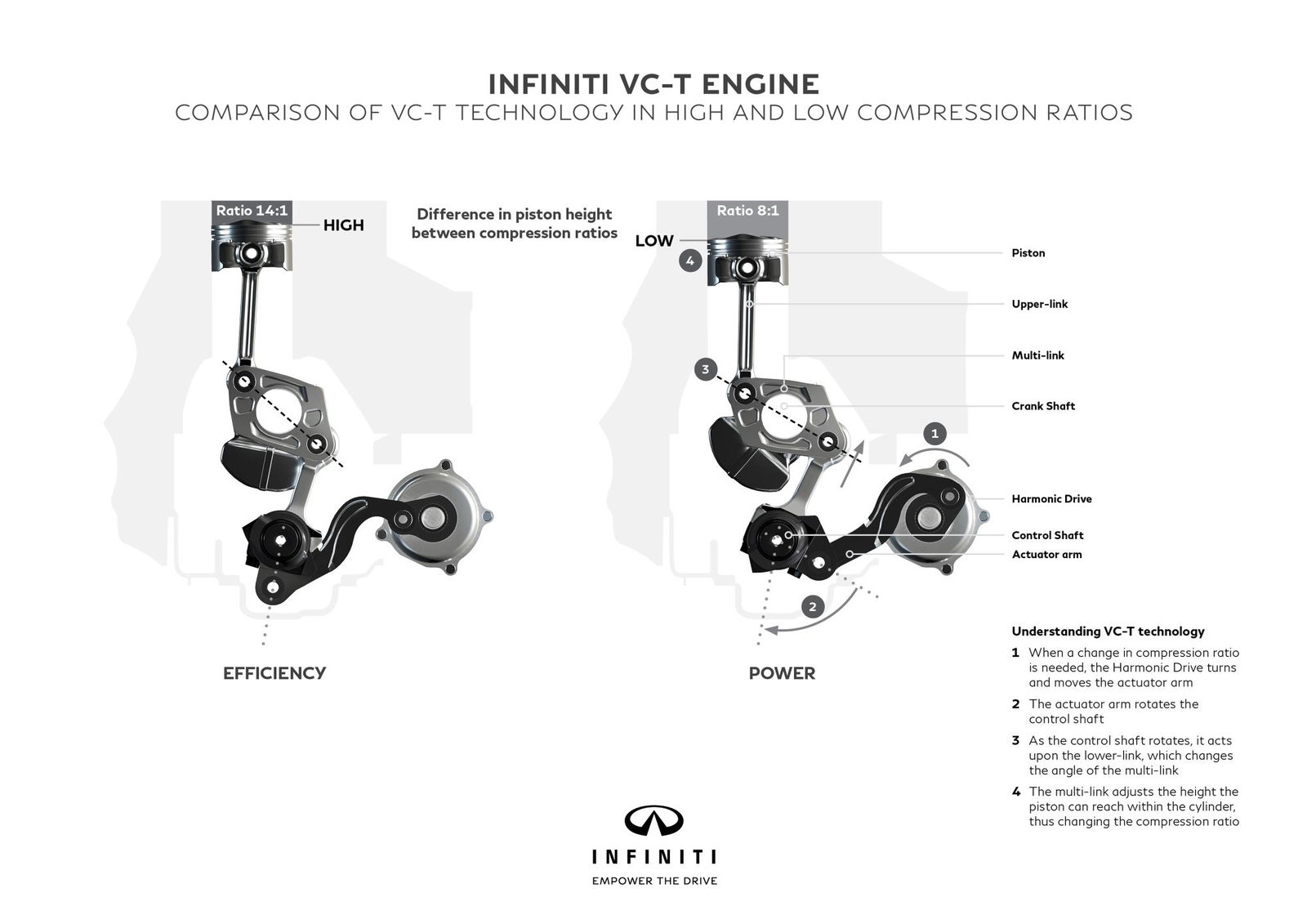
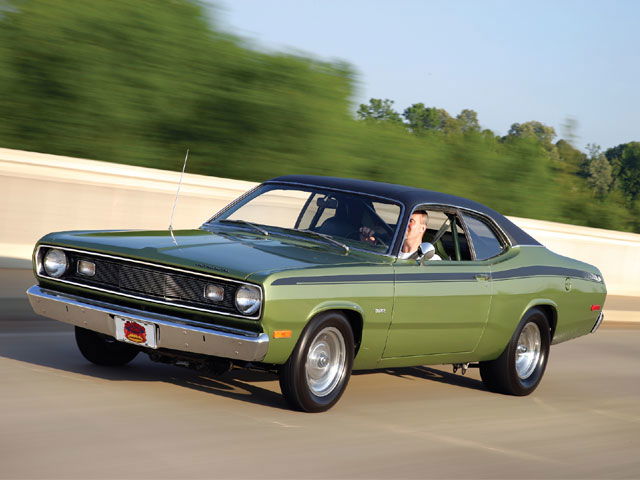
Comments
soon
4 liter v12
3 liter v8
2 liter v6
1 liter inline 4
Pagination